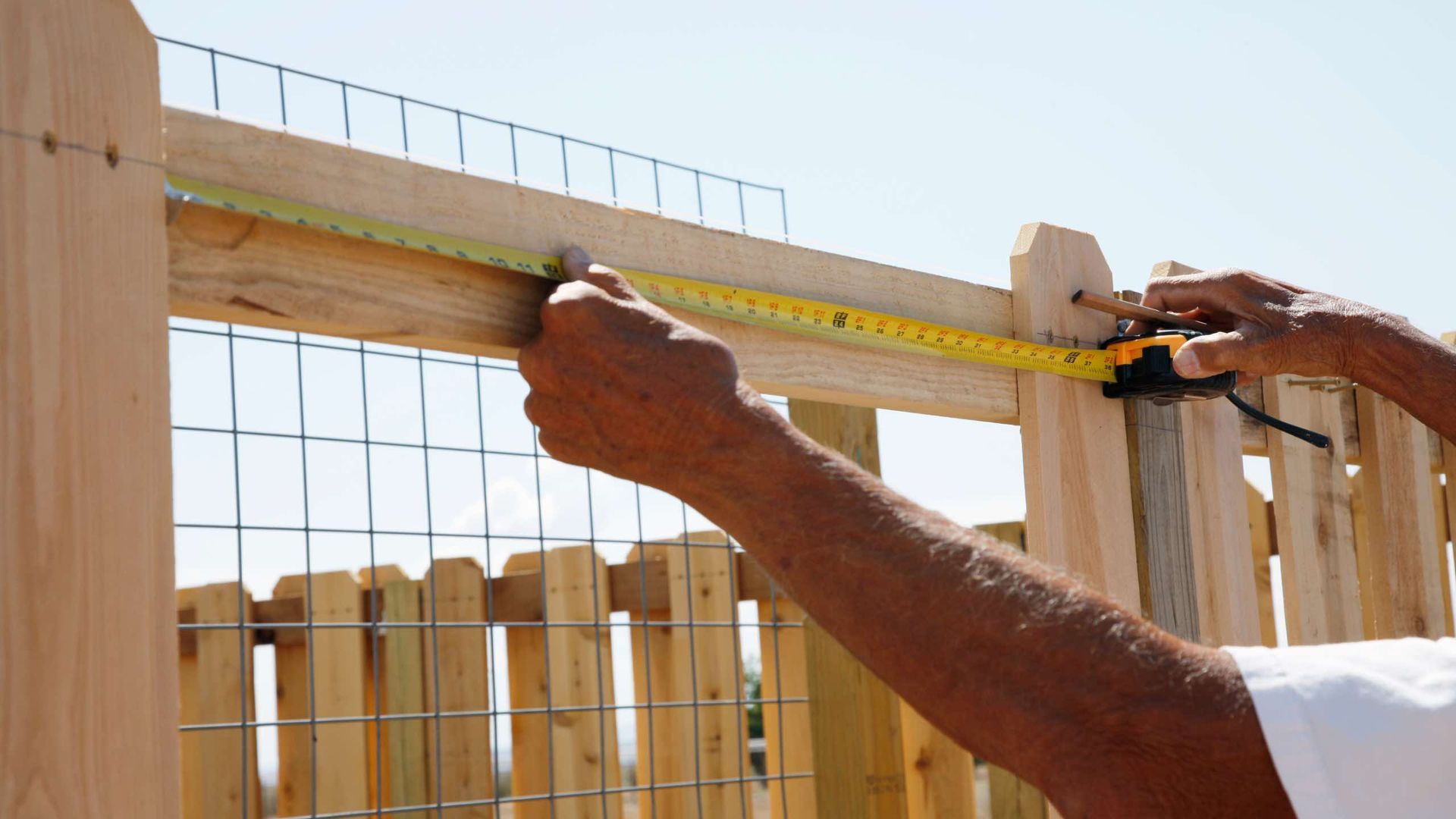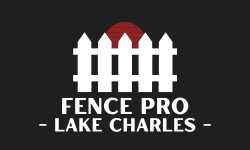What Exactly is Wrought Iron Fencing?
June 18, 2025
Wrought iron: a term that means “worked iron," originating from old English. To create this marvel, raw iron undergoes transformation through smelting and oxidation. Here, pesky carbon and other impurities bid adieu. The resulting iron—pure and refined—gets hammered, cooled, and shaped into slender bars, ready for artistic feats. Blacksmiths, with the patience of poets, heat and shape each curve and detail. The pieces intertwined via welding, crafting intricate fence panels and majestic gates.
History of Wrought Iron Fencing
For millennia, iron has shaped tools and weapons, bending to humanity’s will. The medieval era saw wrought iron change. It now decorates protective gates and adds flair to grand castles.
Skilled ironworkers crossed the Atlantic in colonial times. They brought the secrets of wrought iron with them. By the 1800s, wrought iron surged, yet its production remains labor-intensive. So, this treasure turned into a symbol of wealth, especially in the South, where elegance thrived.
Advantages of Wrought Iron Fences
Wrought iron fencing stands in a league of its own. Each piece a handcrafted masterpiece, elusive to factory production. Its strength and durability are unmatched, ensuring beauty and resilience.
Disadvantages of Wrought Iron Fences
Yet, as time marches on, wrought iron succumbs to rust, corroding, flaking, and fading. Its luxurious luster comes at a cost—remains a pricey indulgence today. Finding skilled craftsmen for true wrought iron is increasingly rare, even for those with deep pockets.
Installation? A task fit for a knight! Wrought iron’s hefty weight makes it challenging to manage. Each section requires precise welding on-site, achieving a flawless fit. The reward? A stunning fence or railing to last decades, but labor and costs can spiral.
Modern Iron Fences
Handcrafted iron may be dwindling, but modern alternatives have emerged. Today’s iron fencing often blends several materials, not just pure iron. This contemporary approach boasts rust and corrosion resistance, outlasting its storied predecessor. Iron now meets security needs. Designs are simpler and mimic aluminum's sleek look. They also keep the strength of welded iron.
The Newest Alternative
If you seek a wrought iron look, aluminum is your best bet! Lightweight, budget-friendly, and a cinch to install, aluminum shines for residential fencing. While more streamlined than its antique counterpart, intricate designs still abound. Plus, various grades—residential, commercial, industrial—offer different strengths.
Fence Pro Lake Charles can help you with your new metal fencing today! Get in touch
and let us know how we can create the fence of your dreams!
You might also like

Living in Lake Charles, Louisiana, means enjoying warm weather, lush landscapes, and Southern charm year-round. But it also means dealing with high humidity, heavy rains, and unpredictable storms that can take a toll on outdoor structures—especially your fence. Whether you have a wood, vinyl, or metal fence, regular maintenance is essential to keep it looking great and standing strong in our Gulf Coast climate. At Fence Pro Lake Charles, we’ve put together this ultimate guide to help you protect your investment and extend the life of your fence. 1. Understand How Humidity Affects Your Fence Louisiana’s humid climate creates the perfect environment for moisture-related problems. Wooden fences can absorb water, leading to rot, warping, and mold growth. Metal fences may rust over time, and even vinyl fences can develop algae and mildew. The key to prevention is regular inspection and early maintenance before small issues turn into costly repairs. 2. Clean Your Fence Regularly One of the easiest ways to keep your fence in great shape is by cleaning it at least twice a year. For wood fences, use a gentle pressure wash or scrub with a mixture of mild detergent and water. Avoid harsh chemicals that can strip protective sealants. Vinyl fences can be cleaned using a hose and soap to remove dirt and mildew. For metal fences, wipe away debris and look for any signs of rust or corrosion. 3. Protect Against Moisture Damage Applying a weather-resistant sealant is crucial for wooden fences in Lake Charles. A quality stain or sealant creates a protective barrier against rain, humidity, and UV rays. Reapply every two to three years for maximum protection. For iron or aluminum fences, consider using a rust-inhibiting paint or coating to prevent corrosion caused by salty air and moisture. 4. Keep Vegetation Under Control Overgrown grass, vines, or shrubs can trap moisture against your fence and cause decay or discoloration. Trim back vegetation regularly to allow for proper airflow. This simple step can make a big difference in preventing rot and maintaining your fence’s structural integrity. 5. Inspect After Heavy Weather Lake Charles is no stranger to strong storms and heavy rainfall. After severe weather, walk your fence line to check for leaning posts, broken boards, or loose hardware. Addressing these issues right away can prevent further damage and ensure your fence remains secure and safe. 6. Schedule Professional Maintenance Even with regular upkeep, professional maintenance can help spot potential issues that homeowners might overlook. At Fence Pro Lake Charles, we offer expert fence repair and maintenance services designed specifically for Louisiana’s humid environment. Our team can clean, seal, repair, and restore all types of fencing to keep your property protected and beautiful year-round. Keep Your Fence Looking Its Best With consistent care and the right maintenance routine, your fence can last for decades—even in Lake Charles’ challenging climate. Whether you need a new fence installation or expert maintenance, Fence Pro Lake Charles is here to help. Contact us today at (337) 434-5300 or visit this page to schedule your service and keep your fence strong, stylish, and weather-resistant.

A fence is more than just a boundary marker—it adds privacy, boosts curb appeal, and enhances security for your property. But over time, even the best fences wear down and may need to be replaced. Before you start tearing down your old fence, there are several important things to think about. At Fence Pro Lake Charles, a trusted fence company in Lake Charles, we guide homeowners through the process to make sure they get a fence that looks great and stands the test of time. 1. Assess the Condition of Your Current Fence Not all fences need a full replacement. Sometimes, small repairs are enough to extend its lifespan. Our team at Fence Pro Lake Charles offers professional fence inspections in the Lake Charles area and will let you know if repair or replacement makes the most sense. If your fence is leaning, rotting, or unstable, a complete replacement is often the best investment. 2. Check Local Rules and Property Lines If you live in Lake Charles, you may be subject to city regulations, parish codes, or HOA restrictions that impact fence height, placement, or materials. As an experienced Lake Charles fence contractor, we make sure your fence meets all local requirements before installation. We also recommend confirming property lines to avoid disputes with neighbors. 3. Choose the Right Fence Material The type of material you select will shape the look, durability, and maintenance needs of your fence. Wood offers natural beauty but requires upkeep, while vinyl is durable and low-maintenance. Aluminum and steel fences are strong and secure, while chain link is affordable and practical. At Fence Pro Lake Charles, we’ll help you choose the best material for your needs and budget, ensuring your fence installation in Lake Charles matches your goals. 4. Consider Long-Term Maintenance Every fence material has different upkeep requirements. Wood fences need periodic staining or sealing, vinyl fences are easy to clean, and metal fences may require rust prevention. Before replacing your fence, think about how much time you’re willing to dedicate to maintenance. Our experts can recommend the right fencing solution based on your lifestyle. 5. Prioritize Privacy and Security What do you want most from your new fence—privacy, security, or style? A tall wood or vinyl fence can provide maximum privacy, while steel or chain link works well for security. Decorative fencing can also add curb appeal while defining property boundaries. As a local fence company in Lake Charles, we customize every project to meet your exact needs. 6. Budget for Installation Fence replacement costs vary depending on size, materials, and design. When you work with Fence Pro Lake Charles, you’ll get a clear estimate with no hidden fees. We also account for gates, decorative accents, and custom features to make sure your new fence fits both your property and your budget. Final Thoughts Replacing a fence is a big decision, but with the right planning, it can completely transform your property. By considering materials, local codes, and your long-term needs, you’ll be ready to make the best choice. Ready to replace your fence in Lake Charles? Call Fence Pro Lake Charles today at (337) 495-4095 or visit our Contact Us page to schedule your free estimate. Let our trusted Lake Charles fence contractors build the perfect fence for your home or business.

Your Fence Replacement Project: Key Considerations for Success When planning a fence replacement, it's essential to prioritize careful planning. Whether you're opting for the same style as your old fence or want to make a bold statement with a new design, there are crucial factors to consider. Drawing from our years of experience, we're excited to share expert advice to ensure your fencing project is a triumph! Property Lines: Avoiding Future Disputes Don't assume that an old fence on your property automatically respects your boundaries. A quick review of your property lines can save you from potential disputes down the line. Understanding your boundaries helps keep your new fence on your property. This protects your investment from unexpected issues. Imagine the stress and financial burden of having to remove or relocate a newly installed fence due to a boundary issue. Take the time to verify your property lines to avoid this headache. Styles: Reflection and Innovation Are you considering sticking with the same old fence design or exploring something new ? Take a step back and reflect on what worked well and what didn't. Perhaps a stylish update to your current fence could better suit your needs and enhance your property's appeal. Think about how a new fence can enhance your outdoor living space, provide additional privacy, or even boost your home's value. Don't be afraid to think outside the box and explore different materials, textures, and designs to find the perfect fit for your property. Permitting: Navigating Local Regulations Permitting can be a crucial step in your fence journey. Some towns don’t need permits for replacements, but others do. If you skip this step, you might face expensive fines or even lose your new fence. Easements can also complicate things. Utility companies or local authorities might have rights to parts of your land. Take the time to review your land records to uncover any hidden easements that might impact your fence plans. Tear Out: The Demolition Details When it's time to dismantle that old fence, you've got options. One approach is to slice the posts close to the ground and cleverly bury them beneath the soil, allowing for slight adjustments to your fence line. The second, more ambitious route means pulling out the posts completely. This trickier process requires careful planning, especially if rot has started. Don't forget to plan for disposal of the old materials, which our fence company can handle for you; just let your sales rep know. We can take care of the tear-out and haul-away, making the process seamless and stress-free. Ready to replace your fence? Contact us today for a free estimate, and let us help you build your dream barrier!
